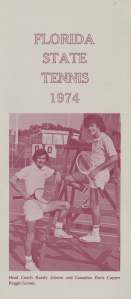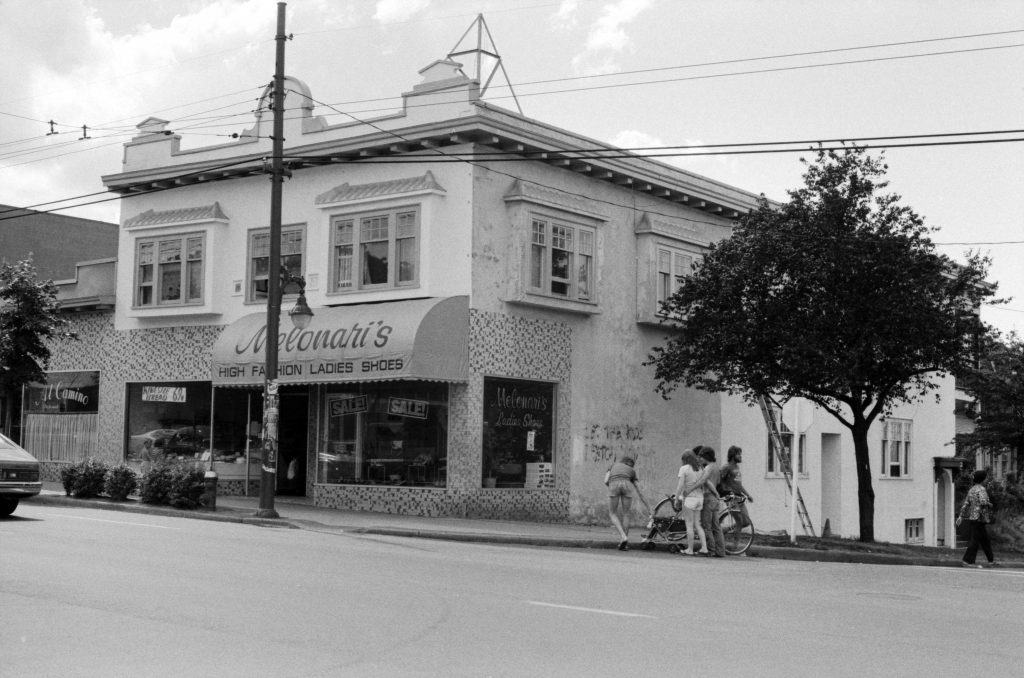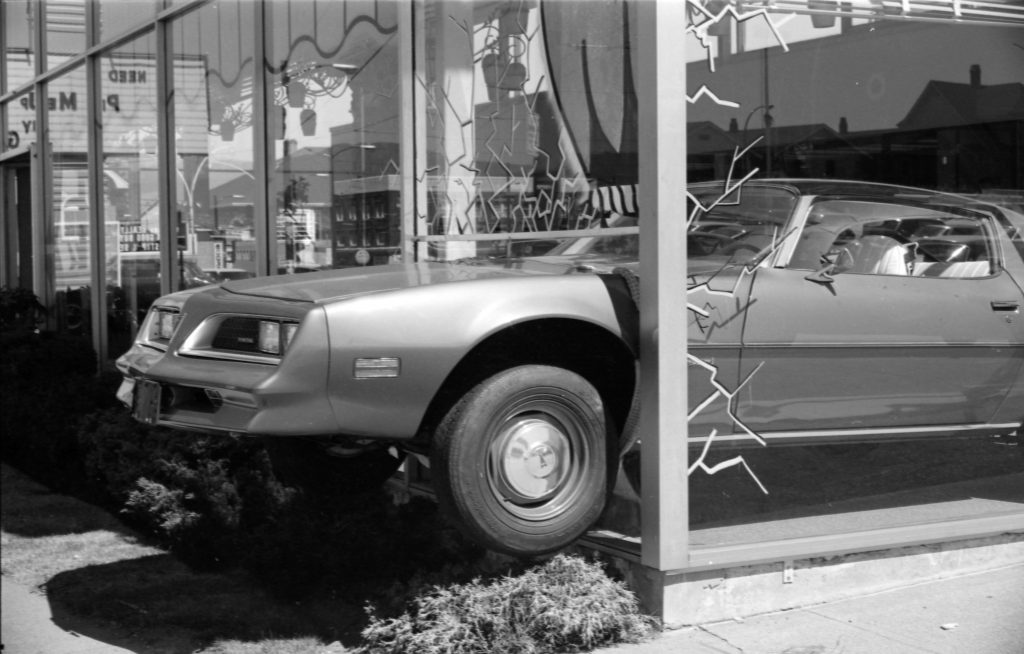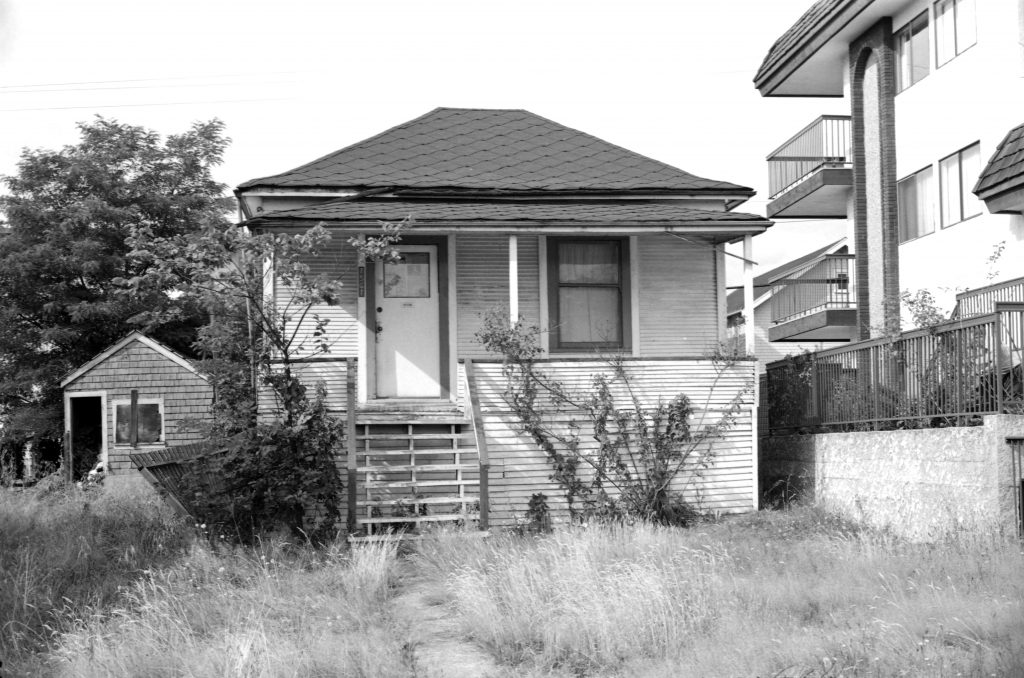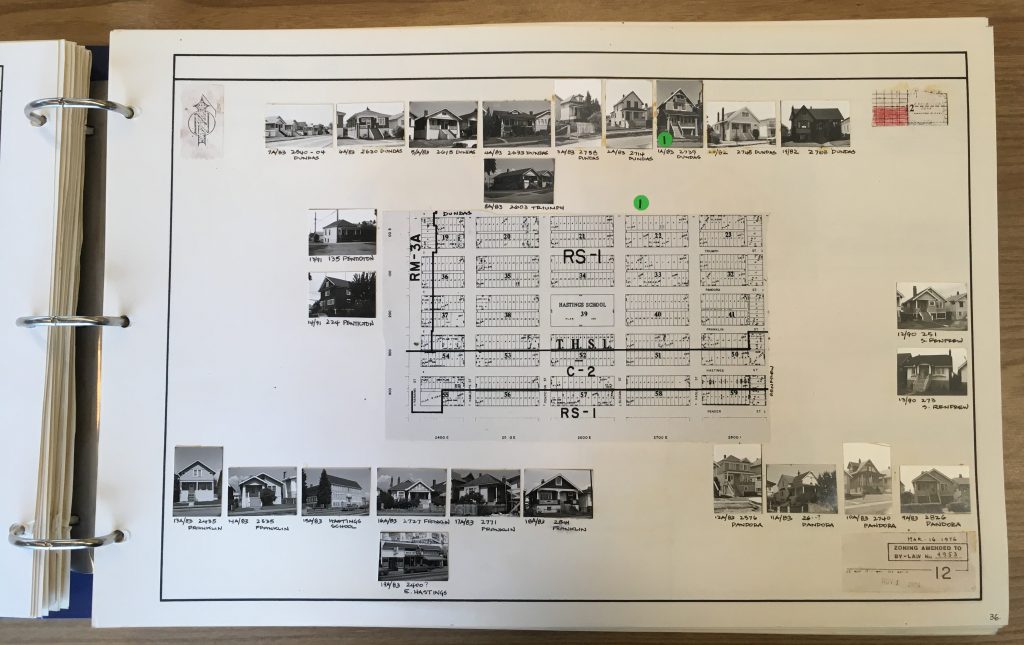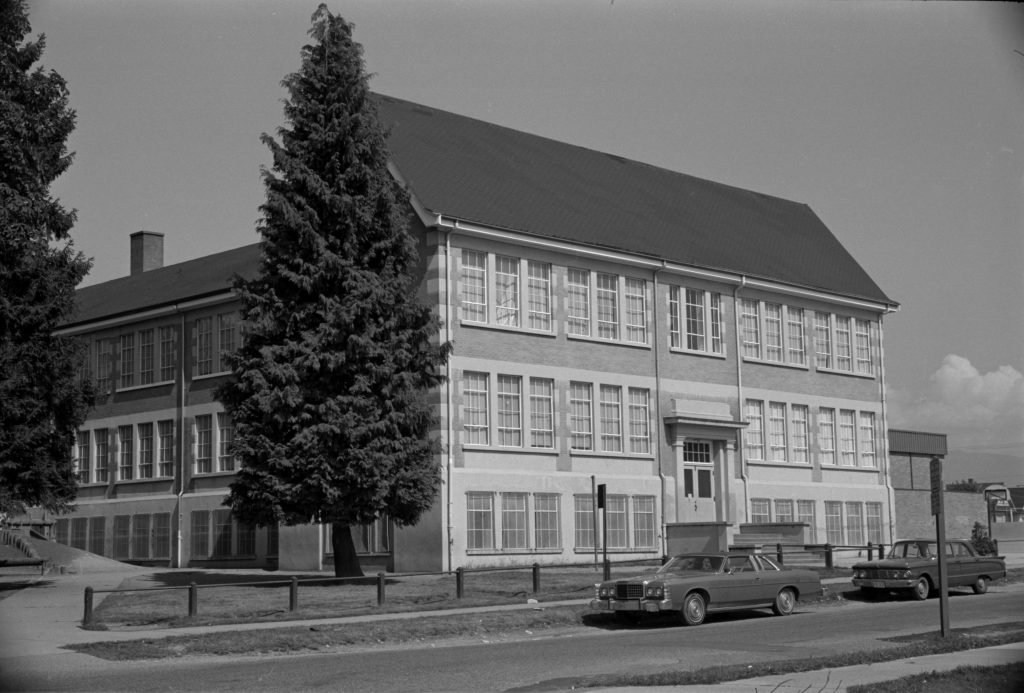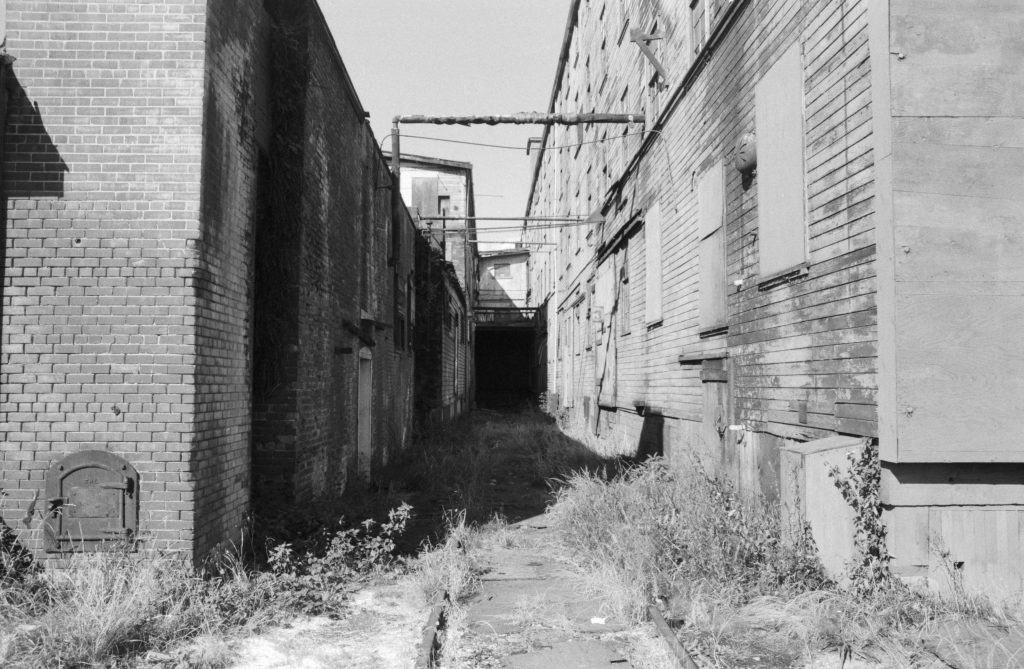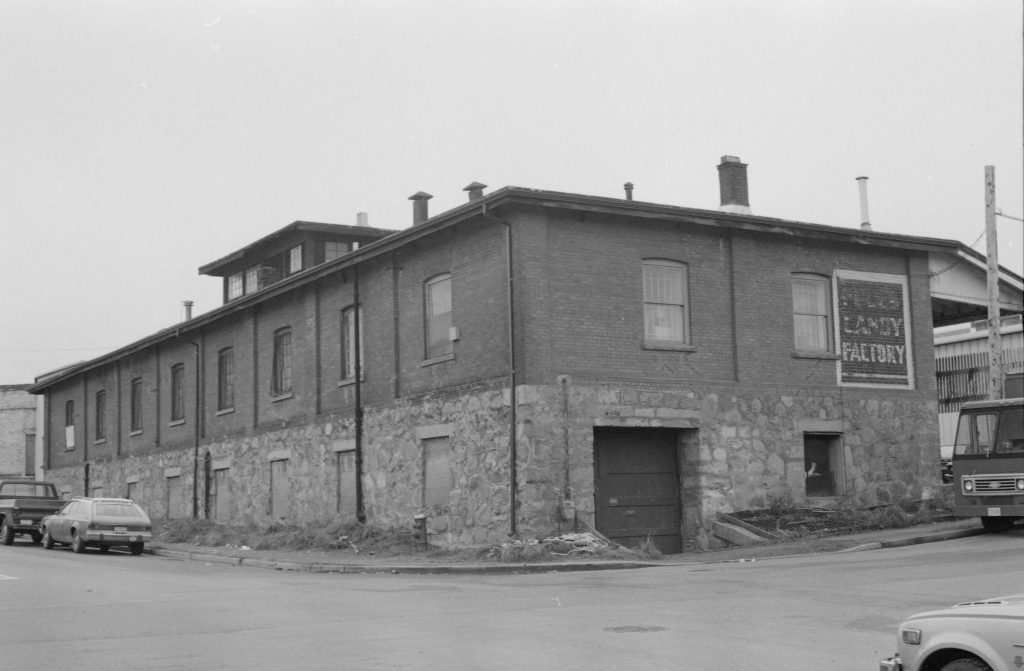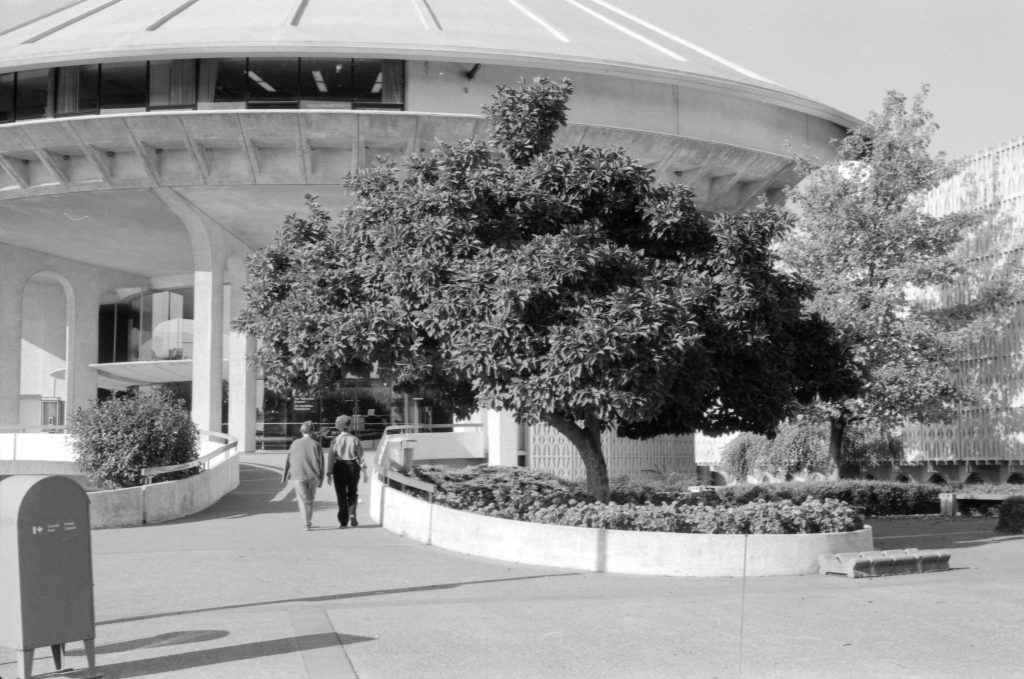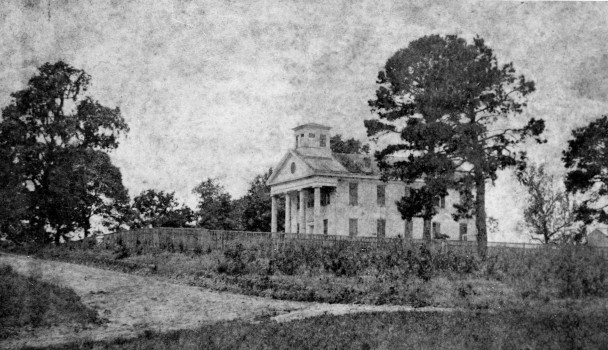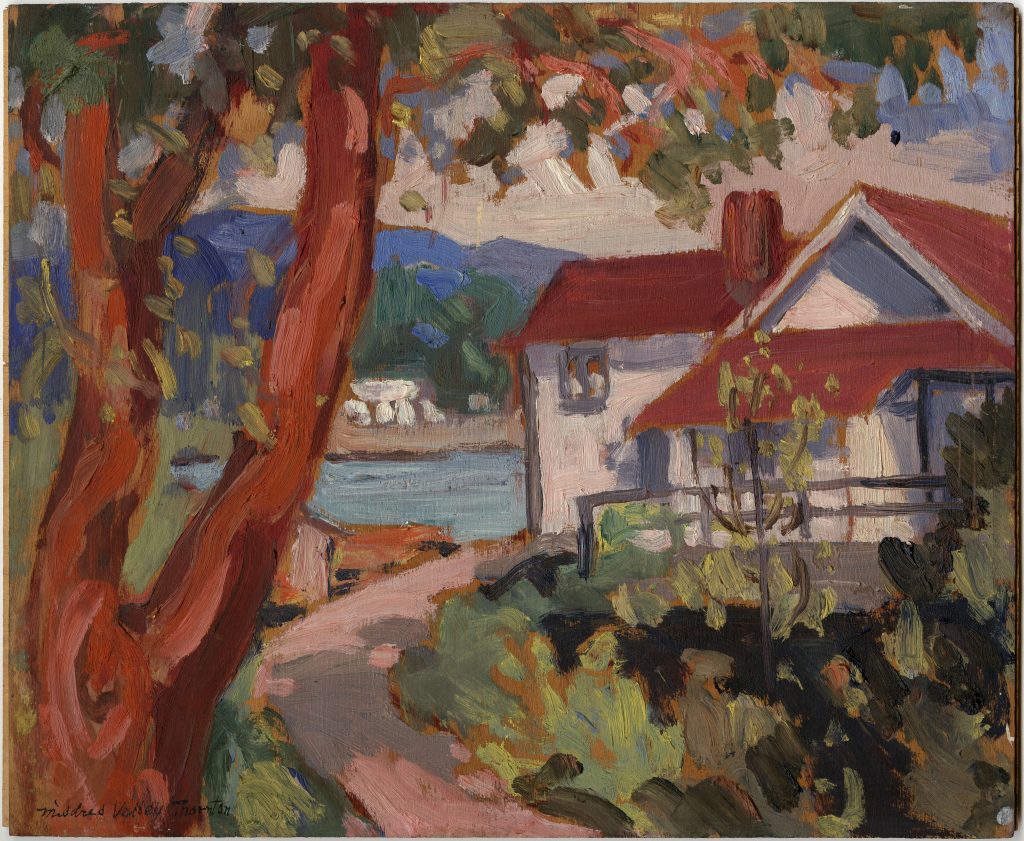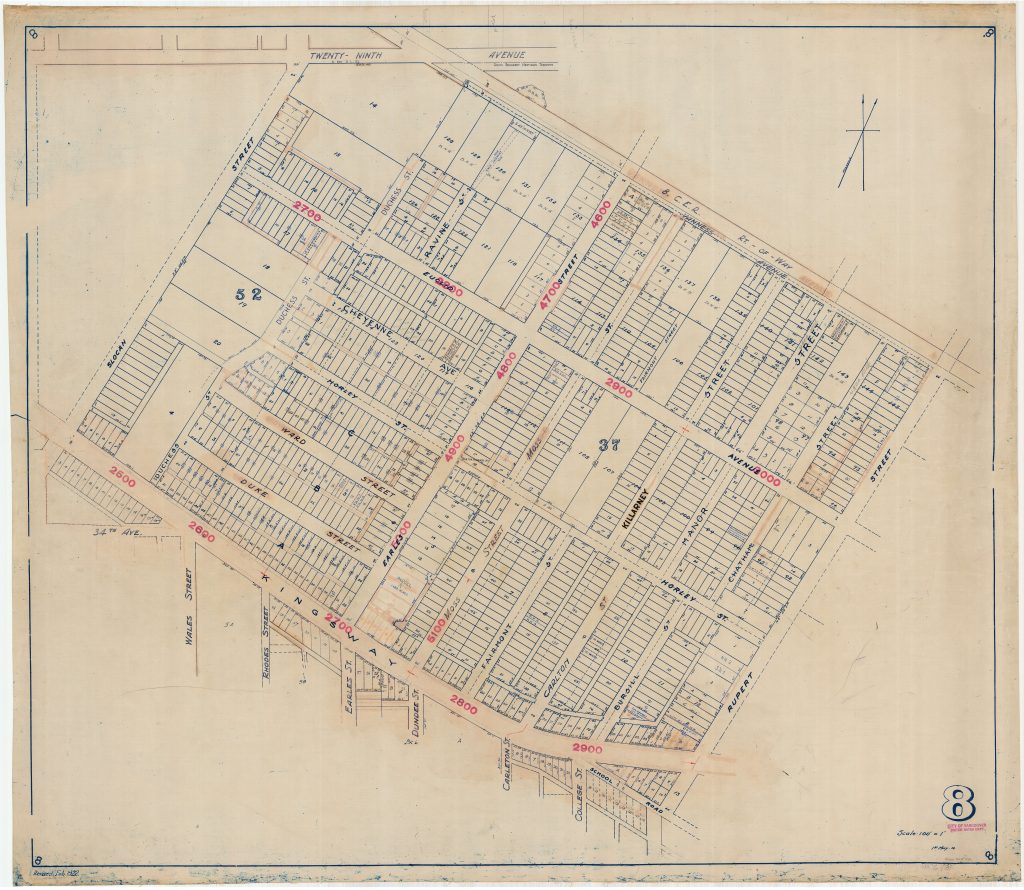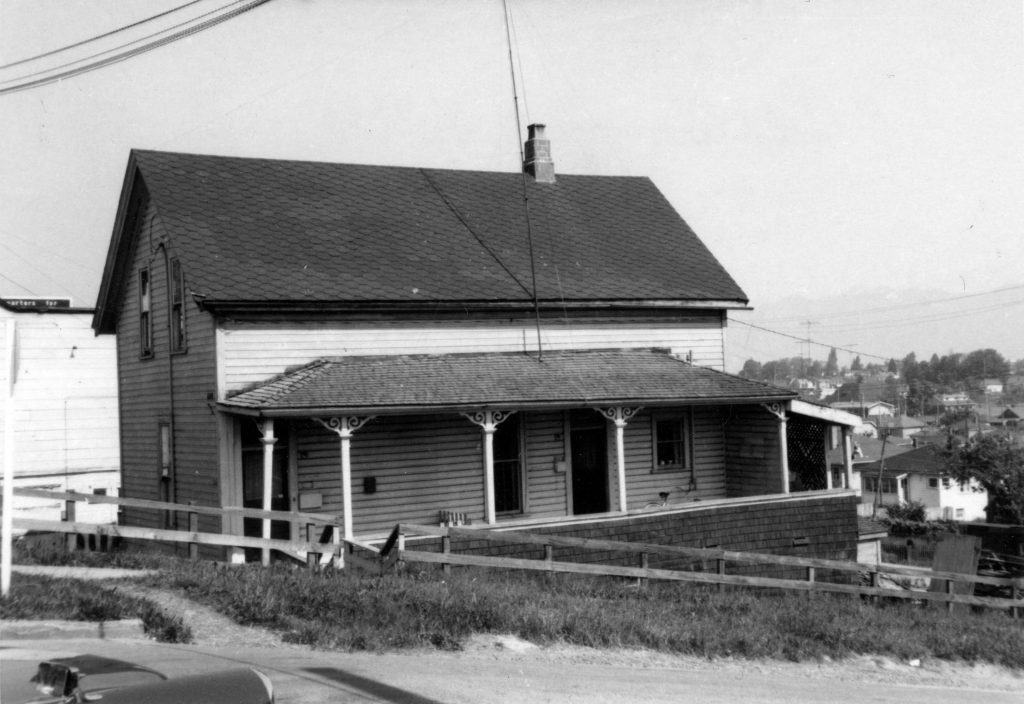WNYC-FM’s first antenna on the Municipal Building as it appeared in 1943.
(WNYC Archive Collections)
On February 24, 1943, WNYC began broadcasting an experimental 1,000-watt frequency modulation (FM) signal at 43.9 megacycles [1] using the call letters W39NY. At that time, only a handful of stations in the U.S. had adopted the technology —after all, this was less than ten years after Major Edwin Armstrong had pioneered wide-band FM transmission from atop the Empire State Building (and later from Alpine, New Jersey). But as General Electric and other companies began making FM receivers commercially available in the early 1940s, it was only natural that WNYC would make the leap (It also helped that Armstrong waived royalty payments on the transmitting equipment that WNYC put into service). Thus, the FM transmitter facility, whose $16,000 cost had been approved by the New York City Board of Estimate in September 1941 [2], began daily operations on March 13, 1943 from the Municipal Building. On November 16 of that year the W39NY call letters became WNYC-FM. [3]
Morris Novik, WNYC’s director from 1938 through 1945, wrote in a wartime report about the advantages of frequency modulation. For one, the technology would allow WNYC-FM to remain on the air around the clock —unlike WNYC-AM, which had to sign-off after sundown because its AM signal carried further at night and interfered with CBS’s clear channel station in Minneapolis. FM also represented a major listening improvement over the static-plagued AM band. Finally, WNYC was able to operate WNYC-FM without additional cost to the city.[4]
In its early years, WNYC-FM was one of the few FM stations in the U.S. that broadcast programs created expressly for FM. Among these was Nights at the Ballet, a series of broadcasts of the ballet orchestra from the Metropolitan Opera House and the New York City Center. Also featured were opera broadcasts by the City Center Opera Company (later New York City Opera) and the San Carlo Opera Company. Because of this, WQXR and WNYC listeners came to associate FM with classical music or, as Novik would say, “fine music.”
Post-World War II Developments
After the war, new uses for FM emerged. Novik asserted that FM allowed for broadcasting high fidelity music from venues all over the city, including Lewisohn Stadium, The Juilliard School, the Central Park band shell, City Center and the Frick Collection. He added, “WNYC today carries more ‘live’ music than any other station in the country.”[5]
(WNYC Archive Collections)
Western Electric Vice President F. R. Lack, Major Armstrong and Deputy Mayor Bennett and WNYC Director Seymour N. Siegel, February 11, 1948.
(RCA Broadcast News /WNYC Archive Collections)
Just five years later, on February 11, 1948, a new 18-kilowatt transmitter went into operation at the Municipal Building, radiating an effective 20,000 watt signal from a new cloverleaf antenna some 597 feet above City Hall Park. Brooklyn Bridge iron workers raised the thirty-foot, three-ton transmitting tower atop the Municipal Building, where it joined Adolph A. Weinman’s sculpture Civic Fame in keeping watch over New York City. The inaugural broadcast (below) featured Deputy Mayor John Bennett, Major Edwin H. Armstrong, Western Electric’s Frederick Lack, and other guests.
The new transmitter and tower were soon joined by a “harmonic noise suppressor” to “eliminate needle scratch in our recorded programs” as well as “a new high fidelity transcription record library,” a gift of B’nai Brith.[6]
During the 1950s, WNYC-FM became known as the “high fidelity voice of New York City,” and a surge in listenership led to gradual lengthening of the FM airtime, culminating in November of 1956, when the station began 24-hour-a-day operations. Audience ratings increased in response to many live concerts and music-and-discussion programs, including Speaking of Music, Music Roundtable, This is America’s Music, Music for the Connoisseur, Ballet Time, the annual Opera Festival, and The American Music Festival, among others.
June 23, 1958 marked WNYC’s first major ‘stereo’ binaural concert broadcast from Lewisohn Stadium in upper Manhattan. WNYC used both the AM and FM transmitters to individually send out the left and right broadcast channels and instructed listeners to properly space their AM and FM receivers within the room to simulate stereo. The WNYC announcer put it this way:
Two separate microphones are used to record, and to transmit two separate tracks on a tape if we’re recording, or to transmit two separate sections of an orchestra, so to speak, if we’re broadcasting live. Played back on tape, through two separate amplifiers and speakers, the original spatial relationship is preserved to bring you audio realism.
Mayor John V. Lindsay presses a vintage telegraph key borrowed from David Sarnoff of RCA to switch WNYC’s FM signal from the Municipal Building to the Empire State Building. WNYC Director Seymour Siegel is standing with Lindsay on the 86th floor of the Empire State Building, September 2, 1966.
(WNYC Archive Collections)
Further improvements were implemented on September 2, 1966, when WNYC began broadcasting from the Empire State Building using a new Alford master antenna —only the eighth station to use it (WQXR was the first)[8]. More importantly, the higher location, at 1,250 feet above ground level, increased the signal’s reach: Director Seymour N. Siegel expected a significant increase to WNYC-FM’s 400,000 listeners. Siegel hailed WNYC’s “spanking new GATES Transmitter…operating from the world’s first Master Antenna on top of the Empire State Building.”[7-8] A license covering the change in power and the location changed was issued by the FCC on December 15, 1966; by that time, about half of WNYC-FM’s broadcasting hours featured unique programming (that is, different from WNYC-AM’s), as well as multiplex stereo (which, curiously, was transmitted using adapted army surplus equipment).
A year later came the debut of real stereophonic broadcasting, a development that bolstered the station’s summer season of outdoor concerts. WNYC Director Seymour N. Siegel announced, “Many of our recorded programs may now be received in stereo and we will be adding new demonstrations of the binaural technique in coming weeks. It is our intent to do more than merely provide ‘two-channel entertainment’ and we hope you will give us the benefit of your comments.”[9]
Through much of the 1970s WNYC-FM was home to Harry Maynard’s Men of Hi-Fi, a “discussion-demonstration” radio show featuring the “latest developments in the field of sound with the experts.” Maynard, a journalist who wrote about high fidelity audio for FM Magazine and HiFi/Stereo Review, was a leading proponent of four-channel or quadraphonic sound. No doubt he had some influence on the station going quad. With equipment loaned from CBS labs, WNYC-FM began testing quadraphonic broadcasting in March 1975, and, after a month of tweaking, Station Director Arnold Labaton felt confident enough to announce that WNYC-FM would now broadcast all of its programs in quad. Program Director Matt Biberfeld assured stereo listeners their signal would continue. [10]
Under Director John Beck in the early 1980s WNYC-FM began an emphasis on 20th Century classical music and new music with Tim Page and John Schaefer. On June 1, 1981 FM launched two new series to demonstrate signal improvements. Audiophile Showcase aired on Tuesdays and Thursdays from 8 PM to 10:30 PM, and featured the latest commercial “high tech” recordings on audio cassette and disc made from digitally recorded masters. This program was joined by Sound Spectaculars, airing on Wednesdays from 8 PM to 10:30 PM and Saturdays from noon until 4 pm. This show featured a series of master tapes recorded with the professional Dolby-A noise reduction system, the highest sound quality then available for recording. Broadcasts of these two programs used “special techniques and equipment to minimize noise from electronic gear in the studios and in the line to our transmitter.” The 1980s also treated FM listeners to experimental works created especially for the radio on Airworks.
A deal to sell WNYC-FM & AM from the City of New York to the WNYC Foundation was reached in March 1995 with the first payment and turning over of the licenses in January 1997. For a detailed history of the negotiations and transaction please see: Going Public: The Story of WNYC’s Journey to Independence.
The World Trade Center, September 11, 2001.
(Photo by Amy Pearl)
The antenna and transmitter moved to the north tower of the World Trade Center in October 1986 and remained there until September 11, 2001. Although WNYC-FM was knocked off the air with the tragedy of that day, we had help getting our signal out in the days that followed from the NPR New York City News Bureau, WNYE and WKCR.
On September 16, 2001 WNYC-FM was back on air at the Empire State Building —albeit at a lower power— with an emergency Harris transmitter connected to the Alford antenna. Then, on April 1, 2002 WNYC-FM resumed full power at our back-up transmitter located at 4 Times Square. Finally, WNYC-FM broadcasting returned to full power at the Empire State Building on October 26, 2002.
The wake of 9/11 also brought programming changes to FM. Initially, the weakened broadcast signal, the tragic event and recovery from it prompted a desire and a need to broadcast more news. By February 2002 a reassessment of FM programming was under way, and WNYC President and CEO Laura Walker presented a variety of options to the programming committee of the station’s board. Ultimately, the decision was made to end the station’s long relationship with classical music as a daily feature.
WNYC’s Chief of Operations and Engineering Steve Cellum on top of the North Tower of the World Trade Center in September 1989. He’s in front of the antenna mast that sent out our FM signal.
(WNYC Archive Collections)
WNYC-FM Sign-off circa 1949
________________________________
[1] In the 1930s, when the FCC permitted FM broadcasting to begin, the band from 42-50 MHz was originally assigned for use. More Information
[2] “Board Will Act Today on Plea For $16,000 for City FM Radio and Facsimile Service,” The New York Times, September 25, 1941, pg. 21.
[3] “New FM Call Letters,” PM, October 28, 1943, pg. 17.
[4] Novik, Morris S., WNYC Wartime Report, December 1945, pgs 44-46.
[5] Ibid.
[6] Siegel, Seymour N., Masterwork Bulletin, January-February , 1948, pg. 1.
[7] Siegel, Seymour N., Masterwork Bulletin, September 1966.
[8] “New WNYC Antenna is Dedicated by the Mayor,” New York Times, September 3, 1966, pg. 20,
[9] Siegel, Seymour N., Masterwork Bulletin, March/April 1967.
[10] “WNYC-FM Switches to Quadraphonics,” The New York Times, April 15, 1975, pg. 55.

















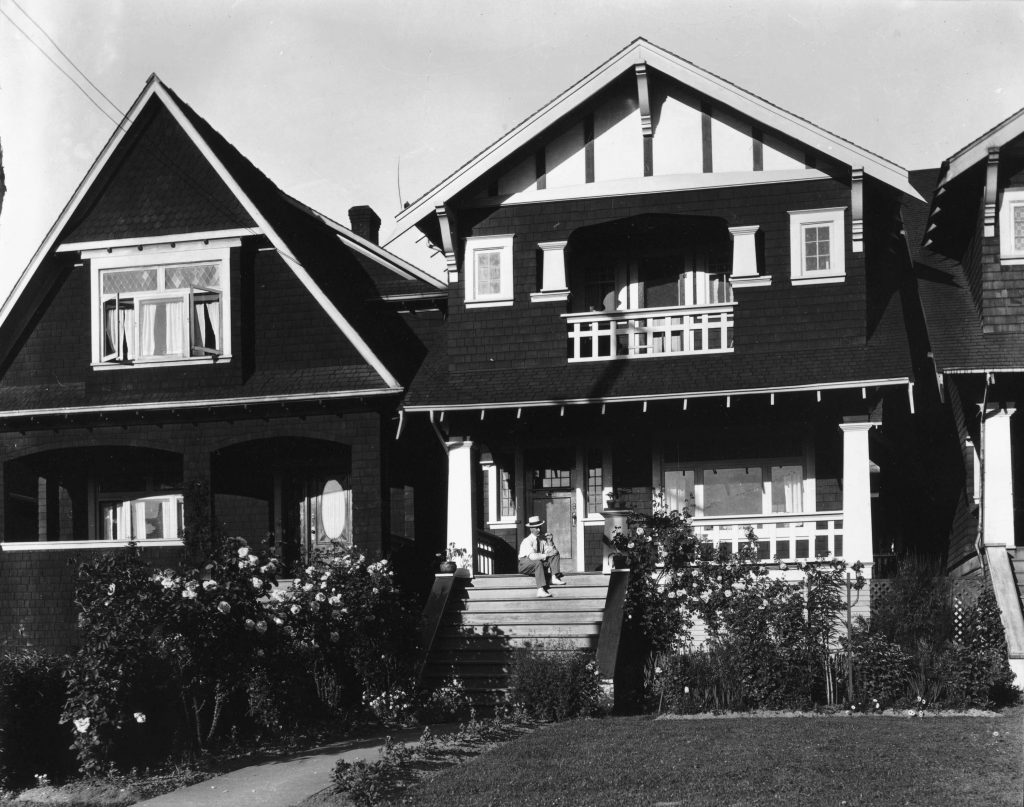

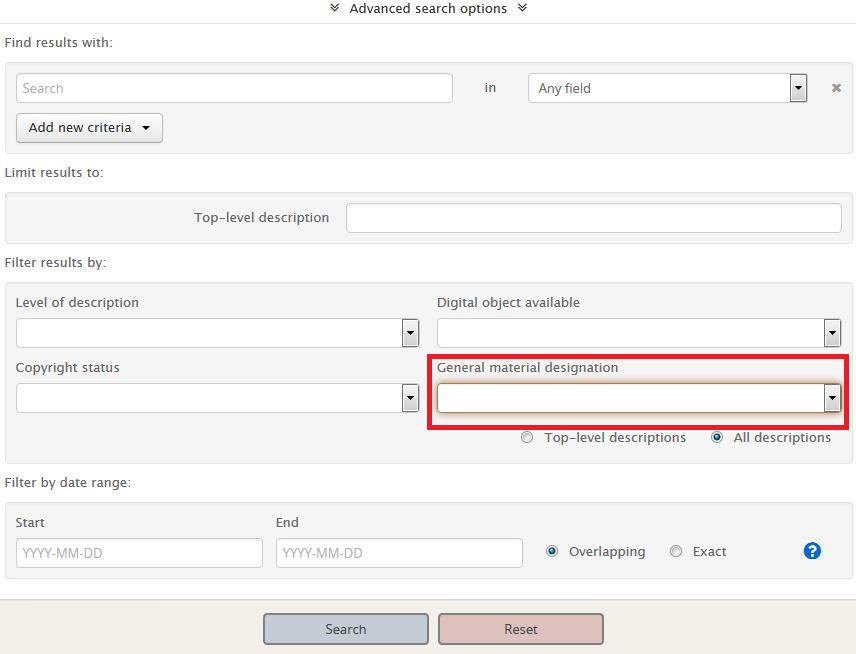
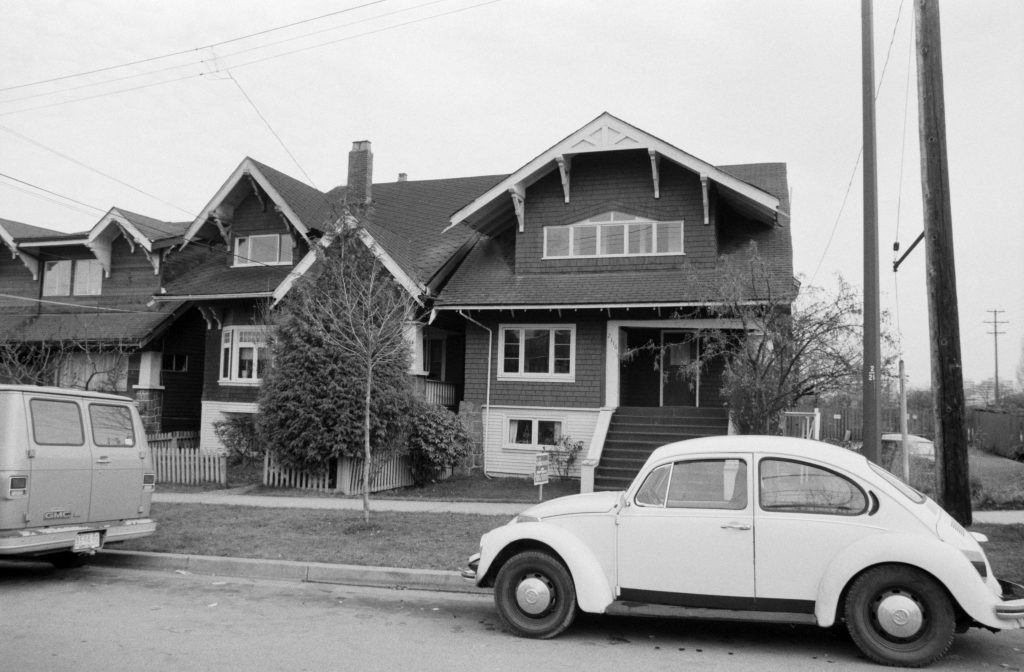
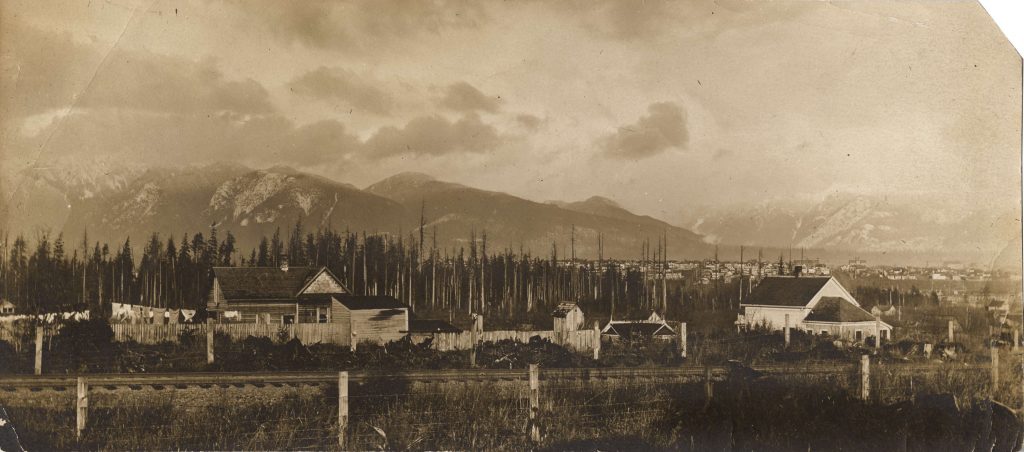
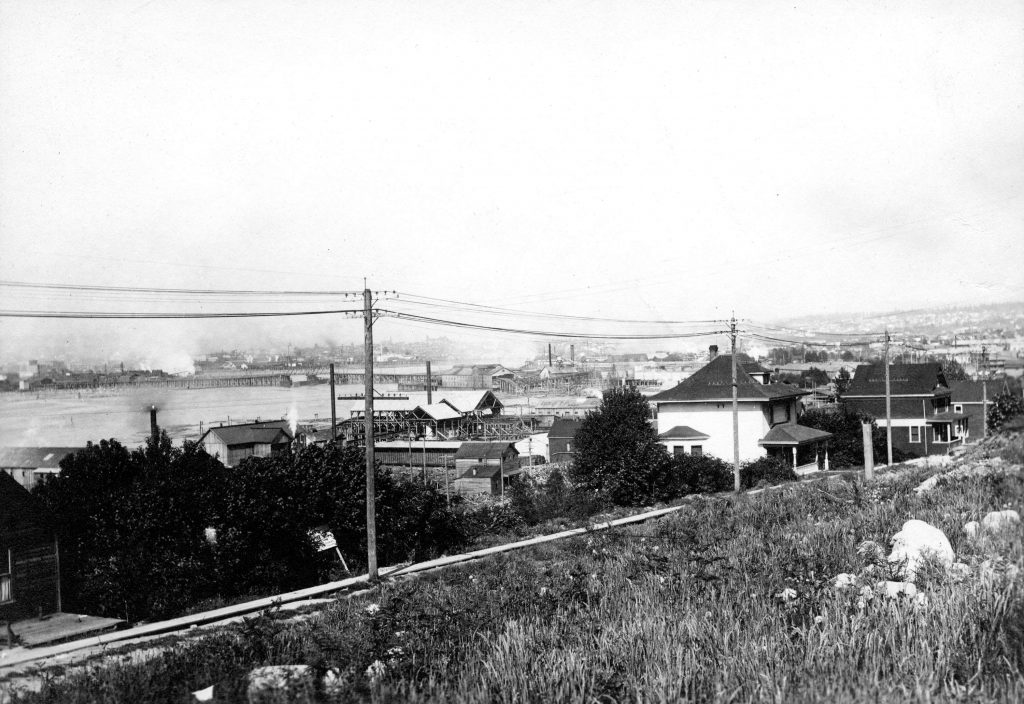
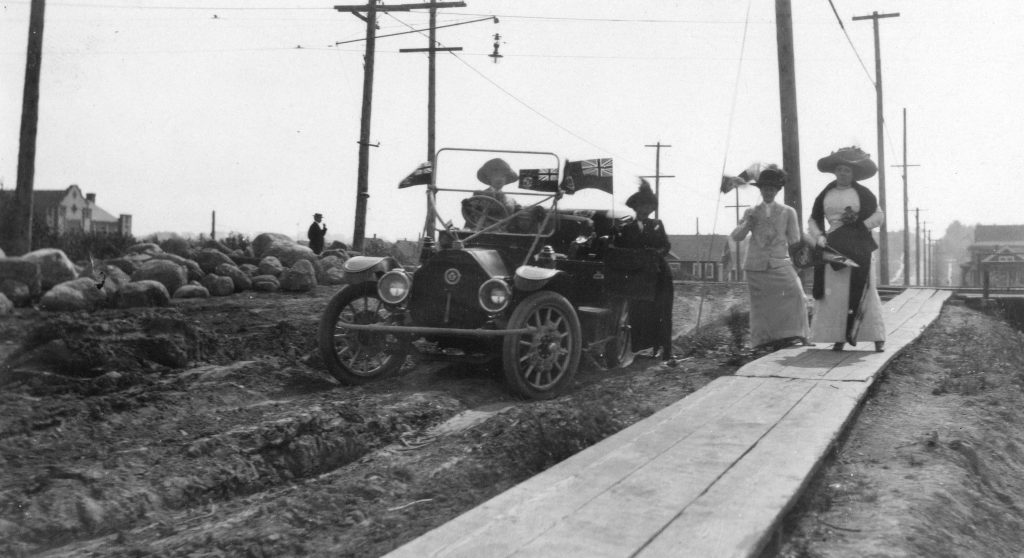
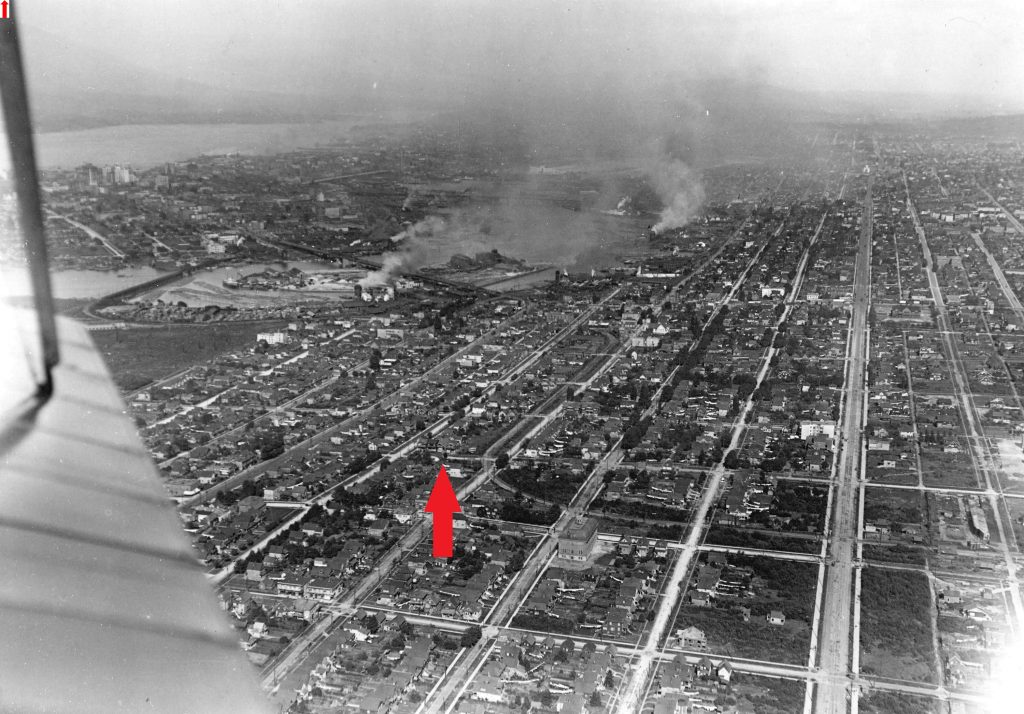
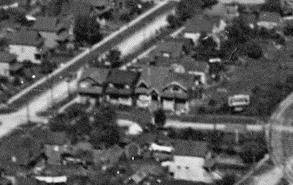
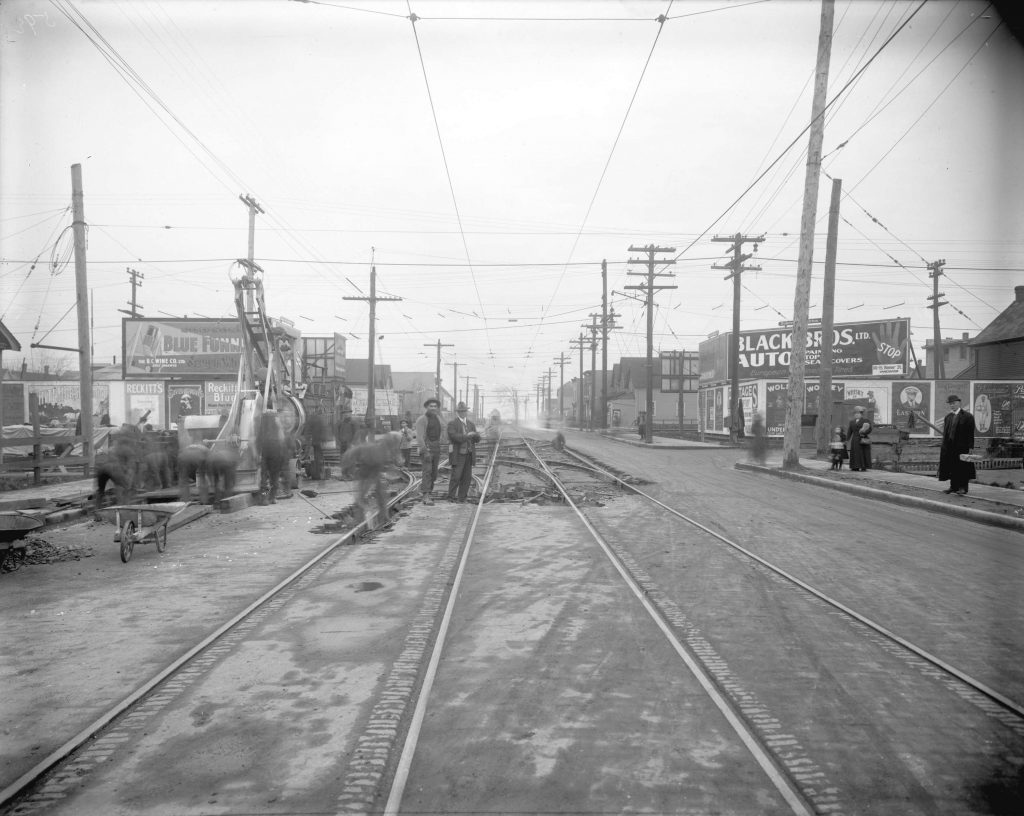
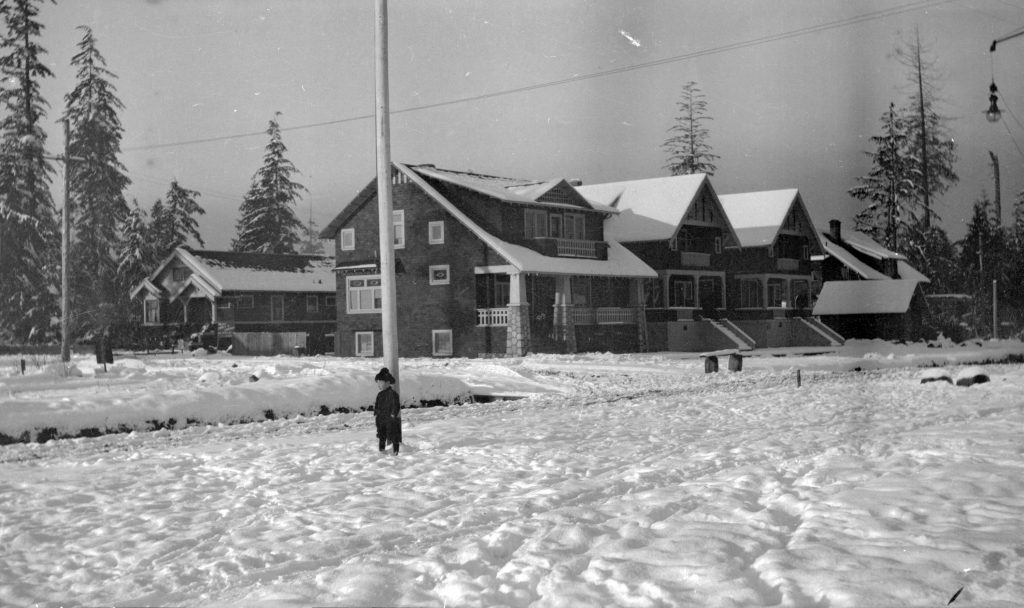
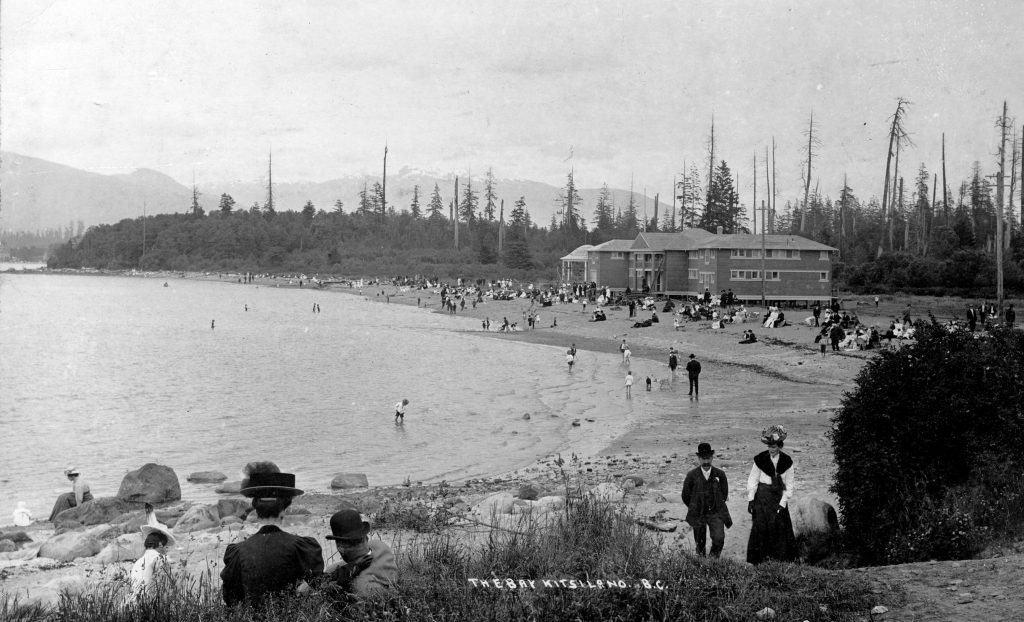
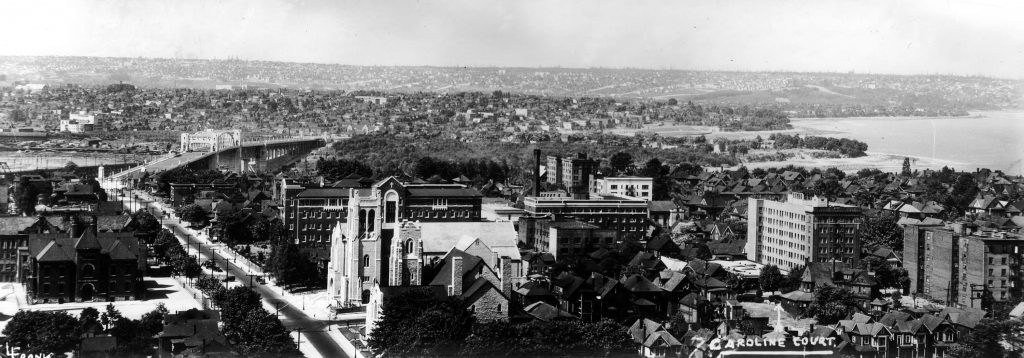
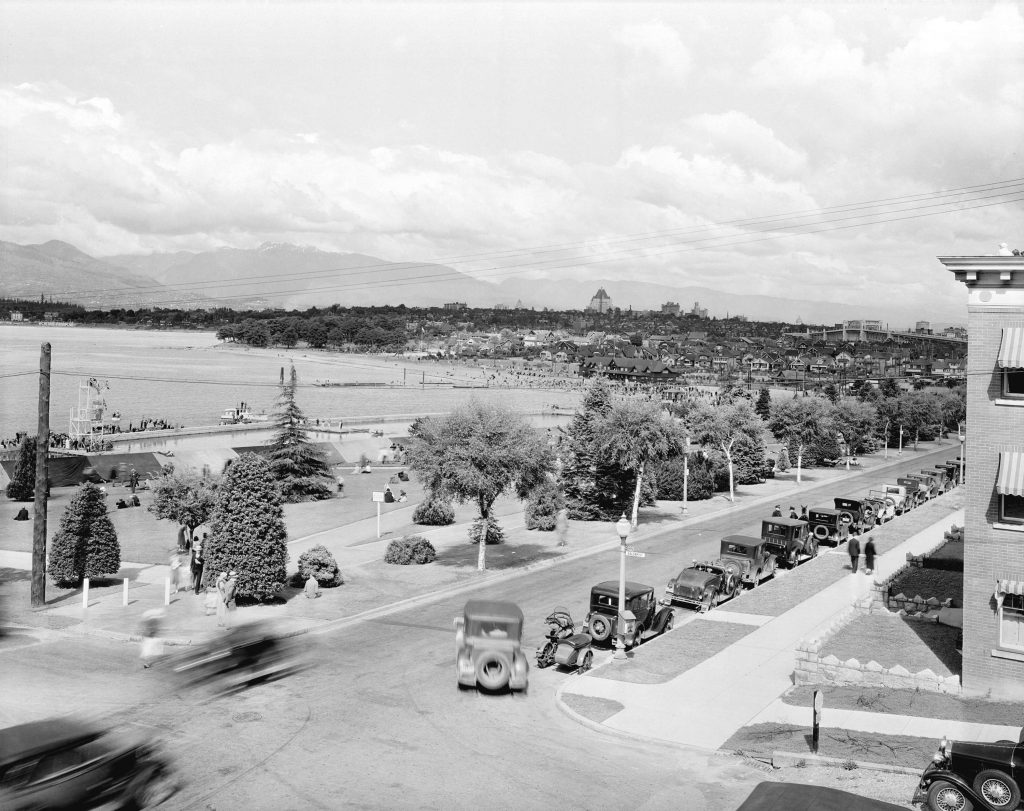






 We are saddened to hear of Dr. Nancy Marcus’ passing this last Monday.
We are saddened to hear of Dr. Nancy Marcus’ passing this last Monday.









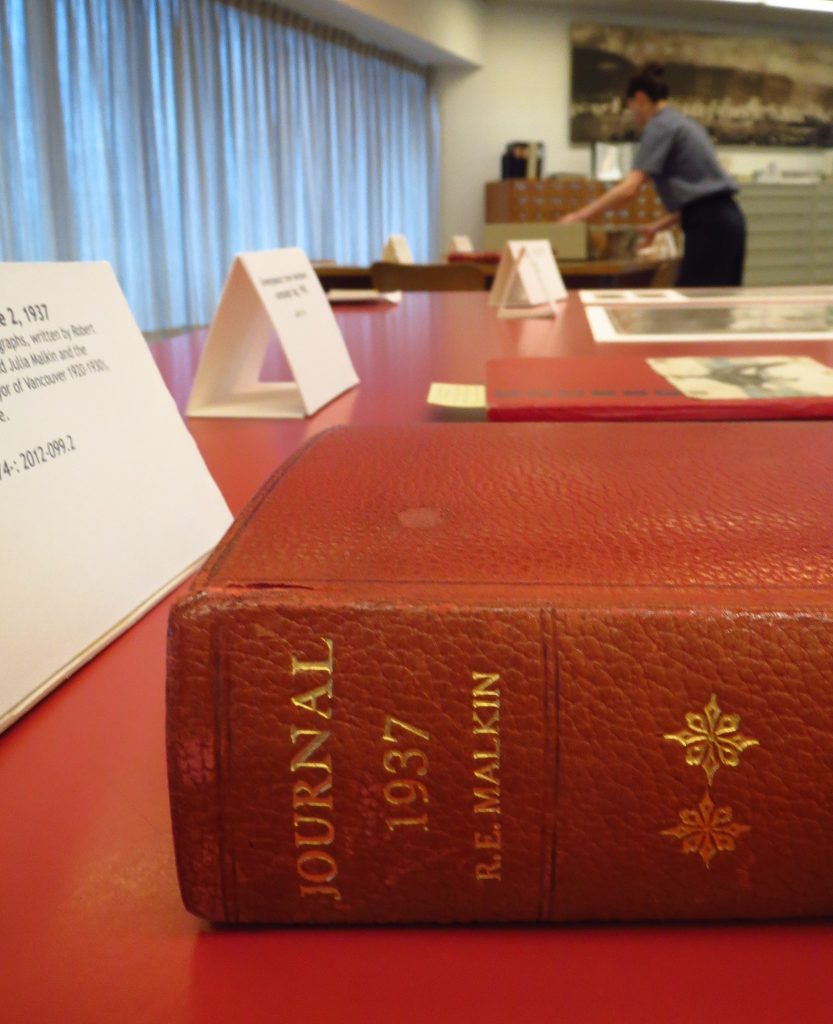
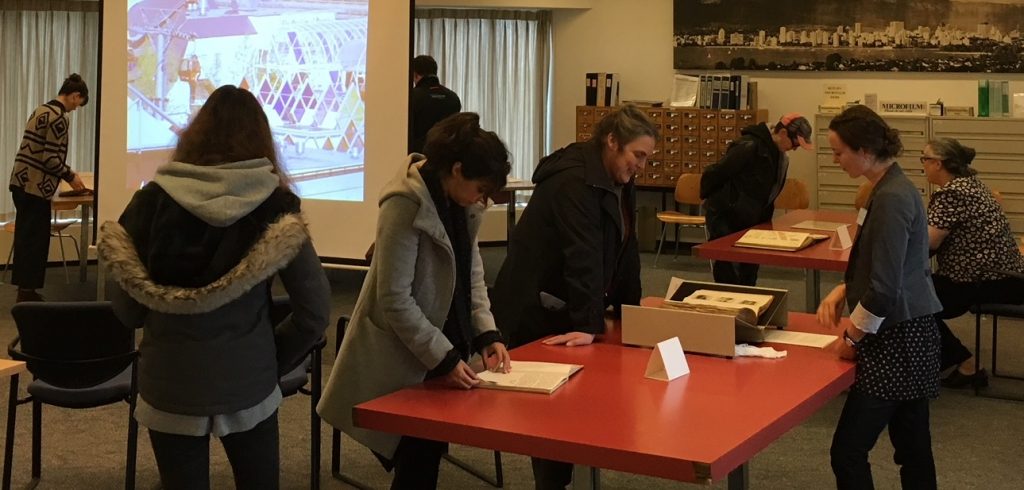
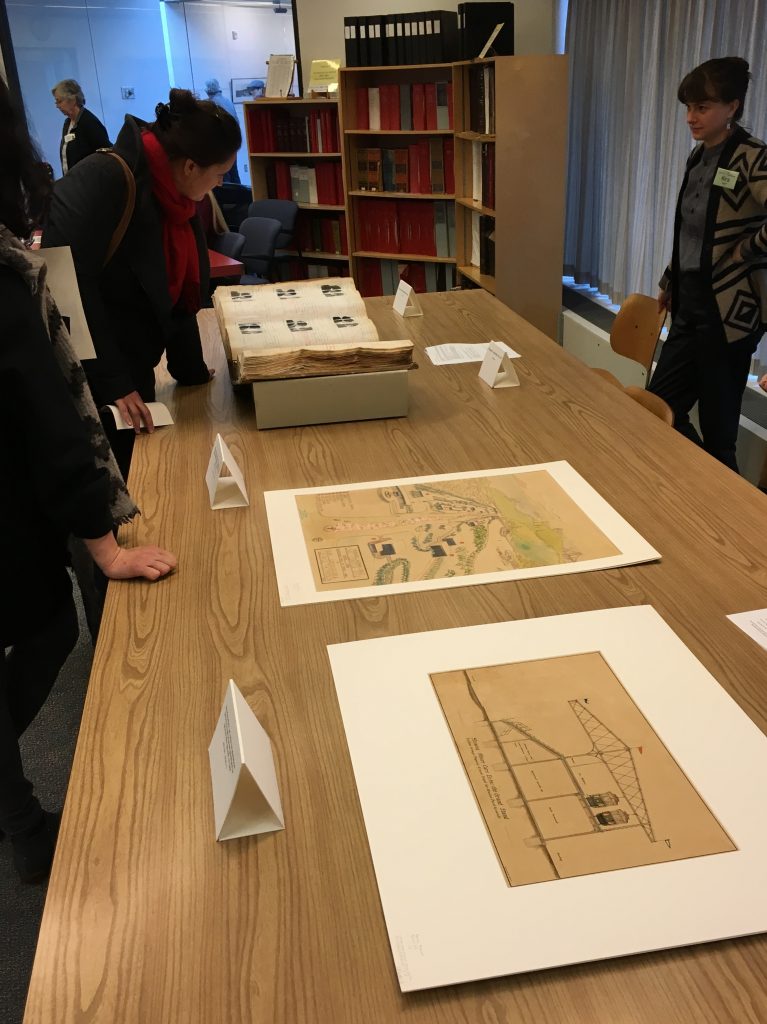
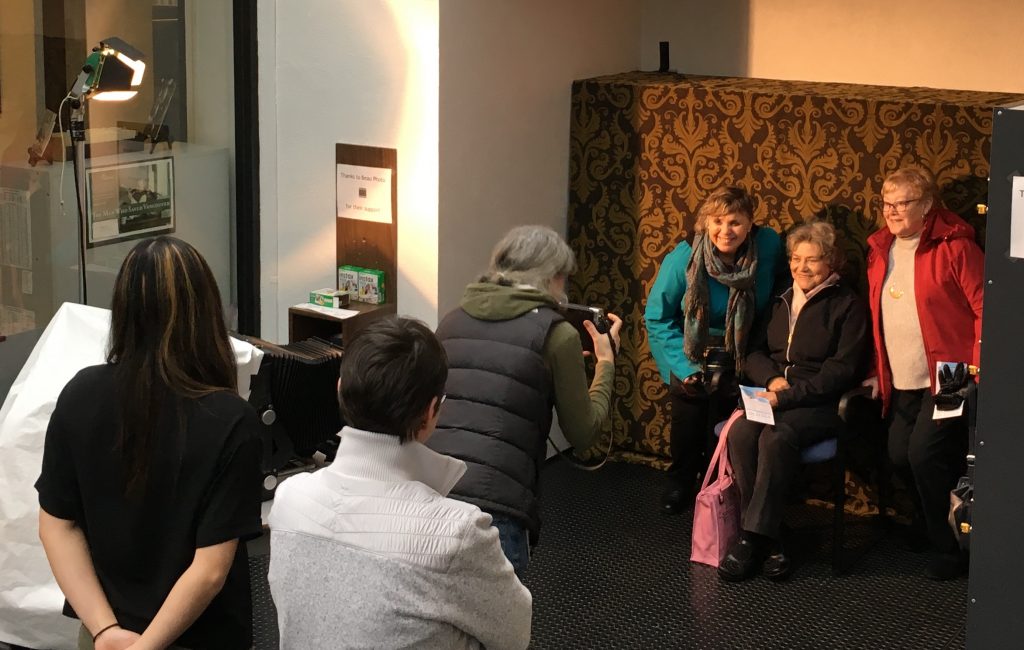
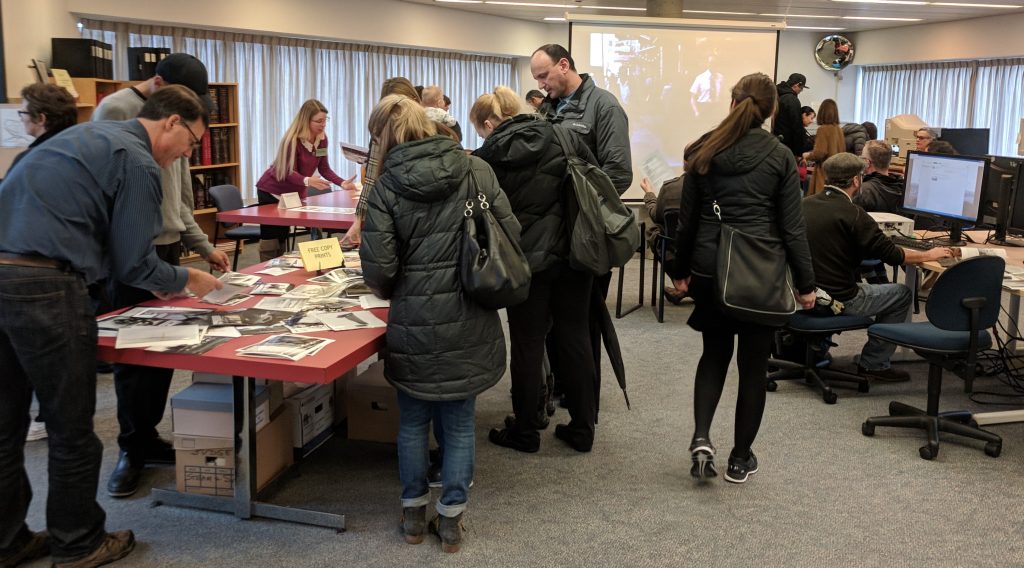




 A Bluetooth speaker, pain relief patches, and energy drinks
A Bluetooth speaker, pain relief patches, and energy drinks







